After a day of shopping and eating in San Antonio, we decided we should take in some Texas history before we headed back home. I’m about to admit my ignorance, but oh well: until this weekend, I thought the Alamo was the ONLY mission in the area.
(Picture me ducking as the native Texans throw things at their computers.)
Anyway, it turns out that the Alamo is only one of FIVE missions strung along the San Antonio river, each a couple miles from the next, and together they make up the San Antonio Missions National Historical Park. The Alamo is certainly the most famous of these, but of course its fame comes not from its days as an active mission, but rather from about 50 years after the Spanish and Franciscans had “secularized” it, when a small group of Texans took a stand against General Santa Anna. However, the other four missions are arguably much prettier than the Alamo, and they are all home to active Catholic parishes that hold regular services in their churches.
Our first stop was Mission Concepcion, which is only a couple miles south of the Alamo. (The Alamo, if you’ve never been, is smack dab in the middle of downtown San Antonio, so it’s kinda hard to miss!) Mission Concepcion was advertised as the most well-preserved of the missions, having avoided much of the wear-and-tear — and use as a bullseye for target practice by various armies — that affected the other missions after they were secularized in the late 1700s and given back to the Indians.
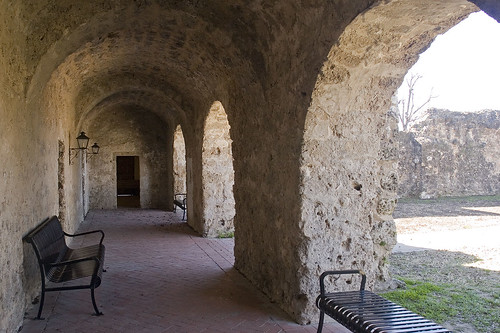
Corridor at Mission Concepcion
Sadly, the church is closed for renovation through March, so we didn’t get to view the interior, where there are still remnants of the original frescos. We did enjoy wandering around the grounds though, and the weather was beautiful, but with the church closed, we quickly headed another couple miles down the road to Mission San Jose.
Mission San Jose is called the “Queen of the Missions” since it’s the largest in the area, and it underwent significant restoration in the 1930s. The park’s main visitor center was located just outside the gate, and the entire mission compound including outer walls, gates, church, and granary was there to give a really good idea of what things looked like in the 1700s.
You can see in this photo from the gate that there was a lot of empty space in the middle of the compound. This is where the missionaries and natives would hold classes (both to learn religion and to learn new skills), store their crops, slaughter animals for food, and just hang out. The purpose of the missions wasn’t just to convert the natives to Christianity. Instead the Spanish and Franciscans had a clear plan — convert the natives, yes, but also develop their skills and turn them into productive, tax-paying Spanish citizens.
The natives lived in rooms all along the outer wall of the compound. One of the more interesting things I learned was that most of the natives came to the mission willingly. Many of them were from the Coahuilteco tribe, and were attracted to the mission because it offered a steady supply of food as well as protection from enemy tribes. The Lipan Apache, and later the Comanche, often pushed south from the Great Plains to attack groups in the San Antonio area. The protection offered by the Spanish to weaker tribes if they came into the mission must have been pretty tempting.
It must have been a pretty awesome sight to come upon one of the missions in their heyday. We’re so used to seeing plain stone churches today that I forgot that the churches were much more colorful when they were built. Frescos covered the entire facade of the church when it was built.
Immediately outside the walls of the mission were the fields where they’d grow all of the crops. When they were harvested, they were brought to this building, the granary, which was located in one corner very close to the church.
Extending from the back of the church was a great series of arches. Originally this was the convento, or “priest’s residence”, so there were many rooms on two floors.
There was also a courtyard located right off the back of the church and beside the convento where the mission residents could gather before and after church each day.
We had a really nice time wandering around Mission San Jose and I learned a lot. It inspired me to learn more about Texas history; after all, I’ve lived in Texas for almost 8 years (and that doesn’t even count my co-op years) so it’s probably time I took some pride in that, right? Right??
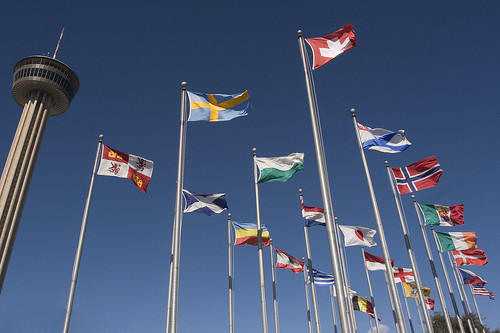
Flags outside the Institute of Texan Cultures
There are two other missions farther down the river but we ran out of time on this trip, so we’ll save them for next time. Our final stop before hitting the road back to Houston was the Institute of Texan Cultures. When he was a kid, Jose’s class took a field trip to San Antonio and they visited this museum. Somehow it really stuck in his mind, because he has mentioned it every time San Antonio comes up in conversation, so of course we had to go.
The museum is divided into sections according to the culture — and I’m not just talking about the natives, the Spanish, and the French. They also had extensive sections covering pretty much any group of immigrants that ever ended up in Texas, including everyone from Germans (who famously settled in and around Fredericksburg in the hill country) to Swedes to Lebanese. There were so many cultures and so many stories to take in that it was actually overwhelming. We stayed there for about an hour and a half, but it would take days to actually read all of the information.
Here’s the entire set of photos from our weekend in San Antonio, for your enjoyment:

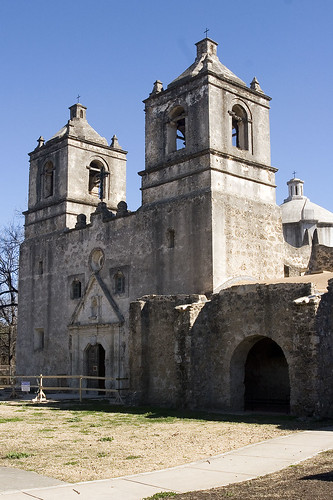
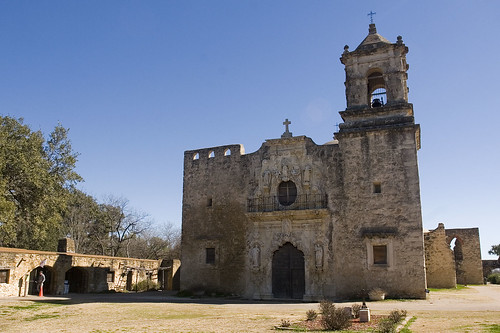
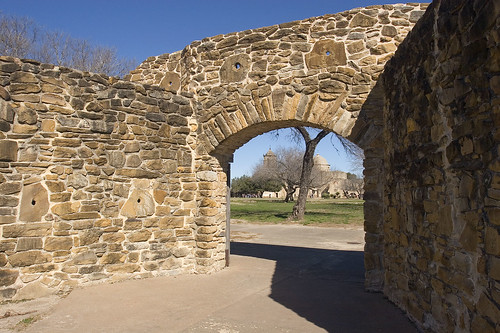
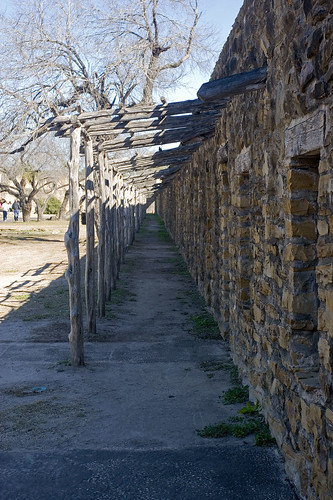
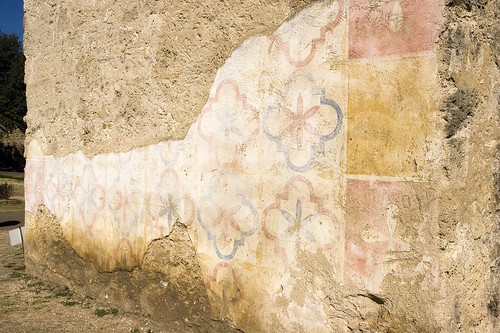
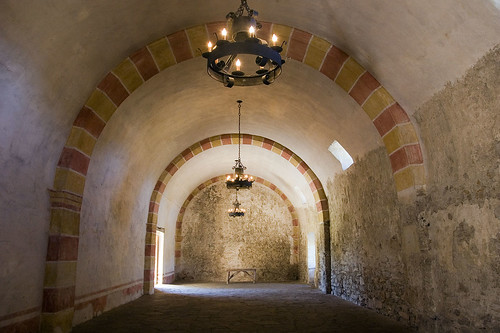
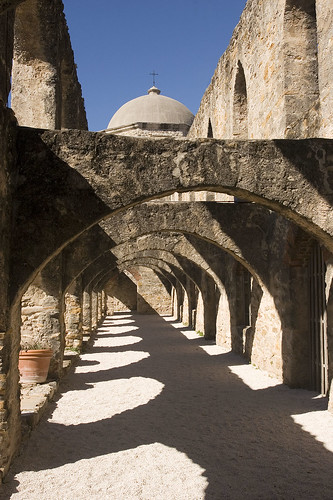
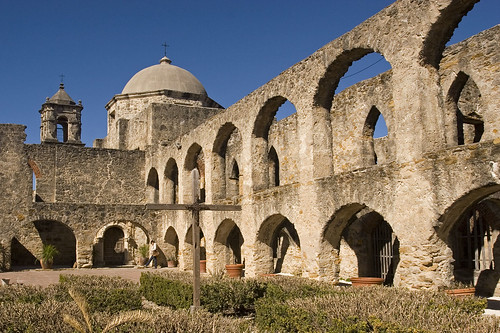

I’m sad to say I’ve never visited the other missions. I really need to fix that soon. Your pictures are lovely.